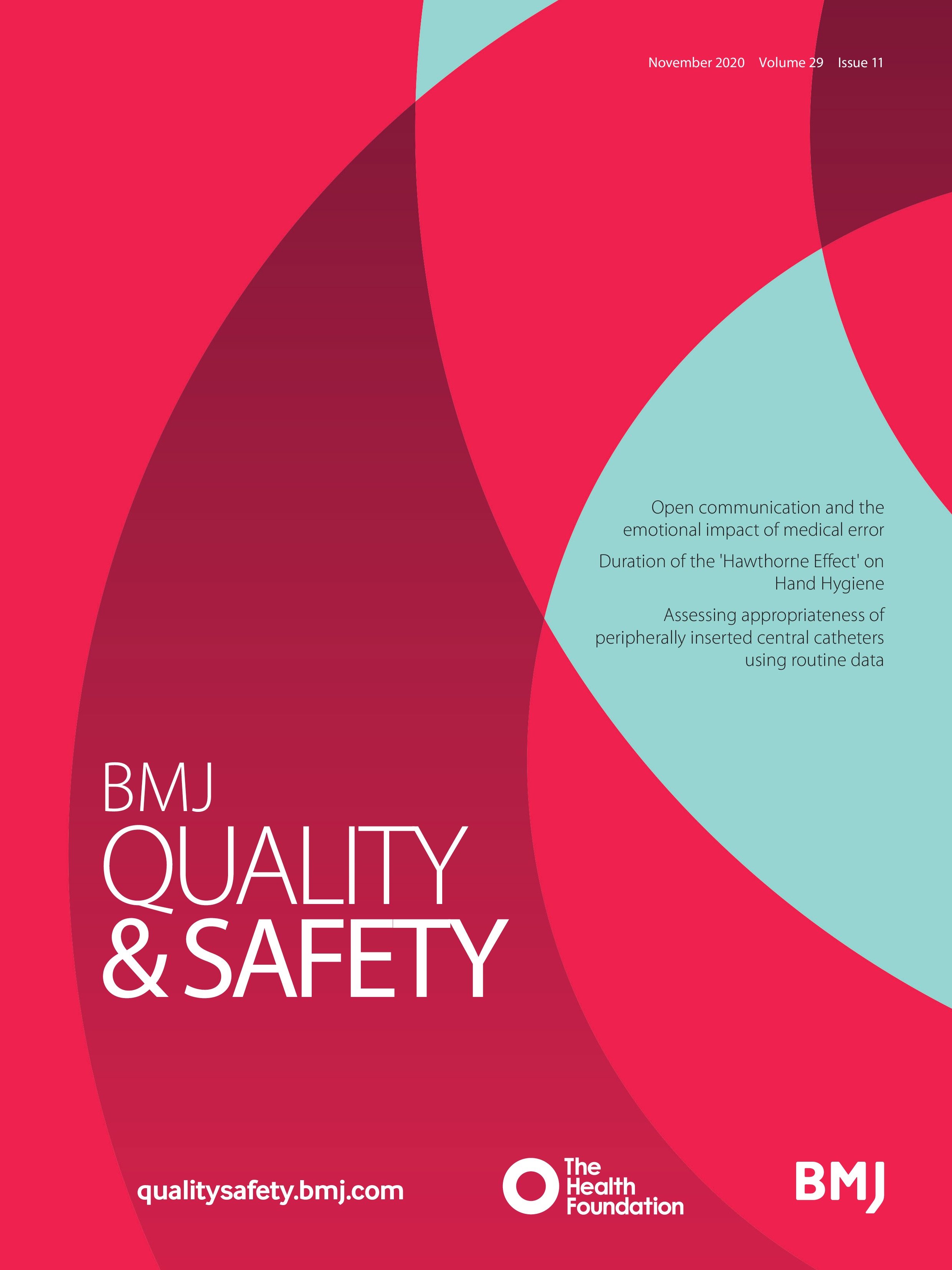|
Σφακιανάκης Αλέξανδρος
ΩτοΡινοΛαρυγγολόγος
Αναπαύσεως 5 Άγιος Νικόλαος
Κρήτη 72100
00302841026182
00306932607174
alsfakia@gmail.com
Αρχειοθήκη ιστολογίου
-
►
2023
(391)
- ► Φεβρουαρίου (200)
- ► Ιανουαρίου (191)
-
►
2022
(2843)
- ► Δεκεμβρίου (161)
- ► Σεπτεμβρίου (219)
- ► Φεβρουαρίου (264)
- ► Ιανουαρίου (280)
-
►
2021
(5625)
- ► Δεκεμβρίου (231)
- ► Σεπτεμβρίου (345)
- ► Φεβρουαρίου (620)
-
▼
2020
(2065)
- ► Δεκεμβρίου (535)
-
▼
Νοεμβρίου
(733)
-
▼
Νοε 10
(33)
- Evaluation of the Antibacterial and Antioxidant Ac...
- Hypoglycemic Effect of a Combined Andrographis pan...
- Effects of the Glutamine Administration on T Helpe...
- Expression and Functional Characterization of a No...
- A Rare Malignant Disease, Dermatofibrosarcoma Prot...
- Evaluation of Heavy Metal and Microbial Contaminat...
- Effect of Coptis chinensis on Biofilm Formation an...
- The Therapeutic Properties of Plants Used Traditio...
- In Vitro Infrared Thermographic Assessment of Temp...
- Improving Stem Cell Clinical Trial Design and Cond...
- Carbamazepine-Induced Toxic Epidermal Necrolysis M...
- Verification of the Efficacy and Safety of Qi-Repl...
- Random Network Transmission and Countermeasures in...
- Foreign Body Granuloma in the Tongue by a Pequi Spine
- How to Stop Restaurants from Driving COVID Infections
- Laparoscopic Distal Pancreatectomy Following Prior...
- Vitamin D, Omega-3s, and Strength-Training May Off...
- Zebra Coloration Messes With Fly Eyes
- [Comment] Polymyxins resistance among Gram-negativ...
- [Articles] Safety and immunogenicity of a syntheti...
- New therapies for neuromyelitis optica spectrum di...
- Incidence, nature and causes of avoidable signific...
- Coping With Stress and Burnout Associated With Tel...
- High thyroid-stimulating hormone level in down's s...
- Paget's disease of bone
- Neurocognitive functions and brain volume in patie...
- Efficacy of fluorescein green dye in assessing int...
- Endocrine involvement in COVID-19: Mechanisms
- Clinical and severity profile of acute pancreatitis
- Hyperhaemolytic Syndrome in Sickle cell disease: c...
- Red flags for the differential diagnosis of granul...
- 18 F-FDG PET/CT of off-target lymphoid organs in C...
- Roles of N-myc downstream-regulated gene 2 in the ...
-
▼
Νοε 10
(33)
- ► Σεπτεμβρίου (222)
- ► Φεβρουαρίου (28)
-
►
2019
(9608)
- ► Δεκεμβρίου (19)
- ► Σεπτεμβρίου (54)
- ► Φεβρουαρίου (3791)
- ► Ιανουαρίου (3737)
-
►
2018
(69720)
- ► Δεκεμβρίου (3507)
- ► Σεπτεμβρίου (3851)
- ► Φεβρουαρίου (8116)
- ► Ιανουαρίου (7758)
-
►
2017
(111579)
- ► Δεκεμβρίου (7718)
- ► Σεπτεμβρίου (7549)
- ► Φεβρουαρίου (10753)
- ► Ιανουαρίου (10529)
-
►
2016
(16402)
- ► Δεκεμβρίου (7478)
- ► Φεβρουαρίου (900)
- ► Ιανουαρίου (1250)
! # Ola via Alexandros G.Sfakianakis on Inoreader
Η λίστα ιστολογίων μου
Τρίτη 10 Νοεμβρίου 2020
Incidence, nature and causes of avoidable significant harm in primary care
Εγγραφή σε:
Σχόλια ανάρτησης (Atom)
Αρχειοθήκη ιστολογίου
-
►
2023
(391)
- ► Φεβρουαρίου (200)
- ► Ιανουαρίου (191)
-
►
2022
(2843)
- ► Δεκεμβρίου (161)
- ► Σεπτεμβρίου (219)
- ► Φεβρουαρίου (264)
- ► Ιανουαρίου (280)
-
►
2021
(5625)
- ► Δεκεμβρίου (231)
- ► Σεπτεμβρίου (345)
- ► Φεβρουαρίου (620)
-
▼
2020
(2065)
- ► Δεκεμβρίου (535)
-
▼
Νοεμβρίου
(733)
-
▼
Νοε 10
(33)
- Evaluation of the Antibacterial and Antioxidant Ac...
- Hypoglycemic Effect of a Combined Andrographis pan...
- Effects of the Glutamine Administration on T Helpe...
- Expression and Functional Characterization of a No...
- A Rare Malignant Disease, Dermatofibrosarcoma Prot...
- Evaluation of Heavy Metal and Microbial Contaminat...
- Effect of Coptis chinensis on Biofilm Formation an...
- The Therapeutic Properties of Plants Used Traditio...
- In Vitro Infrared Thermographic Assessment of Temp...
- Improving Stem Cell Clinical Trial Design and Cond...
- Carbamazepine-Induced Toxic Epidermal Necrolysis M...
- Verification of the Efficacy and Safety of Qi-Repl...
- Random Network Transmission and Countermeasures in...
- Foreign Body Granuloma in the Tongue by a Pequi Spine
- How to Stop Restaurants from Driving COVID Infections
- Laparoscopic Distal Pancreatectomy Following Prior...
- Vitamin D, Omega-3s, and Strength-Training May Off...
- Zebra Coloration Messes With Fly Eyes
- [Comment] Polymyxins resistance among Gram-negativ...
- [Articles] Safety and immunogenicity of a syntheti...
- New therapies for neuromyelitis optica spectrum di...
- Incidence, nature and causes of avoidable signific...
- Coping With Stress and Burnout Associated With Tel...
- High thyroid-stimulating hormone level in down's s...
- Paget's disease of bone
- Neurocognitive functions and brain volume in patie...
- Efficacy of fluorescein green dye in assessing int...
- Endocrine involvement in COVID-19: Mechanisms
- Clinical and severity profile of acute pancreatitis
- Hyperhaemolytic Syndrome in Sickle cell disease: c...
- Red flags for the differential diagnosis of granul...
- 18 F-FDG PET/CT of off-target lymphoid organs in C...
- Roles of N-myc downstream-regulated gene 2 in the ...
-
▼
Νοε 10
(33)
- ► Σεπτεμβρίου (222)
- ► Φεβρουαρίου (28)
-
►
2019
(9608)
- ► Δεκεμβρίου (19)
- ► Σεπτεμβρίου (54)
- ► Φεβρουαρίου (3791)
- ► Ιανουαρίου (3737)
-
►
2018
(69720)
- ► Δεκεμβρίου (3507)
- ► Σεπτεμβρίου (3851)
- ► Φεβρουαρίου (8116)
- ► Ιανουαρίου (7758)
-
►
2017
(111579)
- ► Δεκεμβρίου (7718)
- ► Σεπτεμβρίου (7549)
- ► Φεβρουαρίου (10753)
- ► Ιανουαρίου (10529)
-
►
2016
(16402)
- ► Δεκεμβρίου (7478)
- ► Φεβρουαρίου (900)
- ► Ιανουαρίου (1250)



Δεν υπάρχουν σχόλια:
Δημοσίευση σχολίου